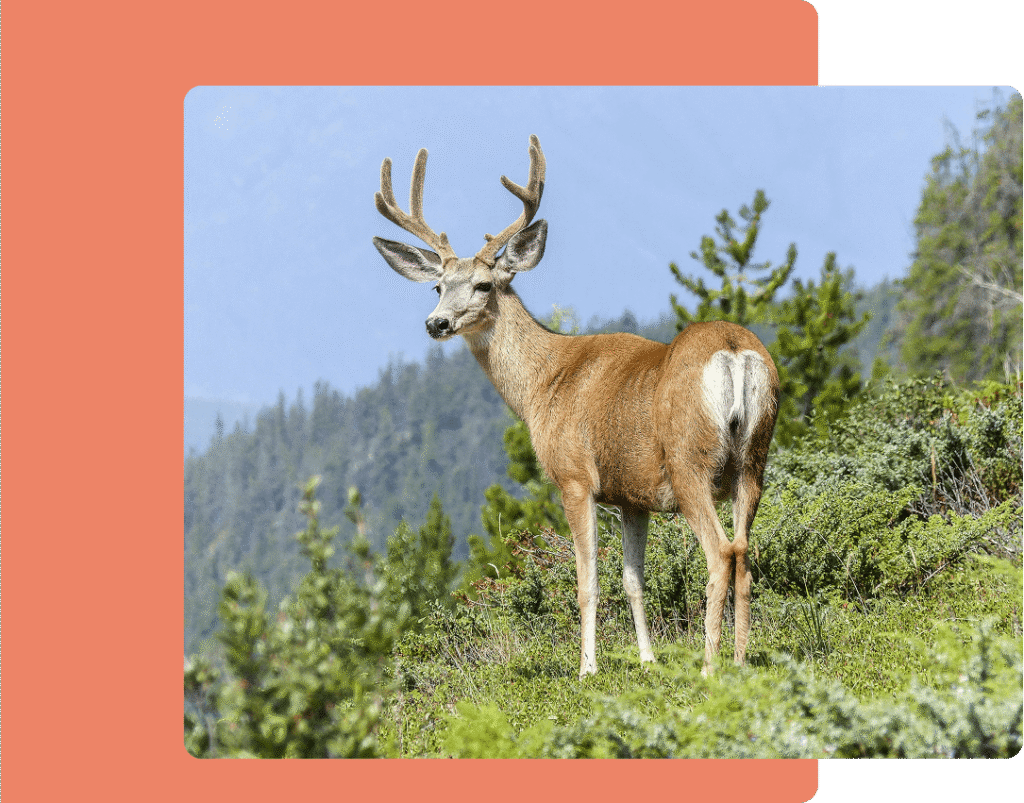The mule deer is a wild deer with big, mule-like ears and a graceful, bouncy way of running. It’s common in the western U.S. and is one of the most recognized wild animals.
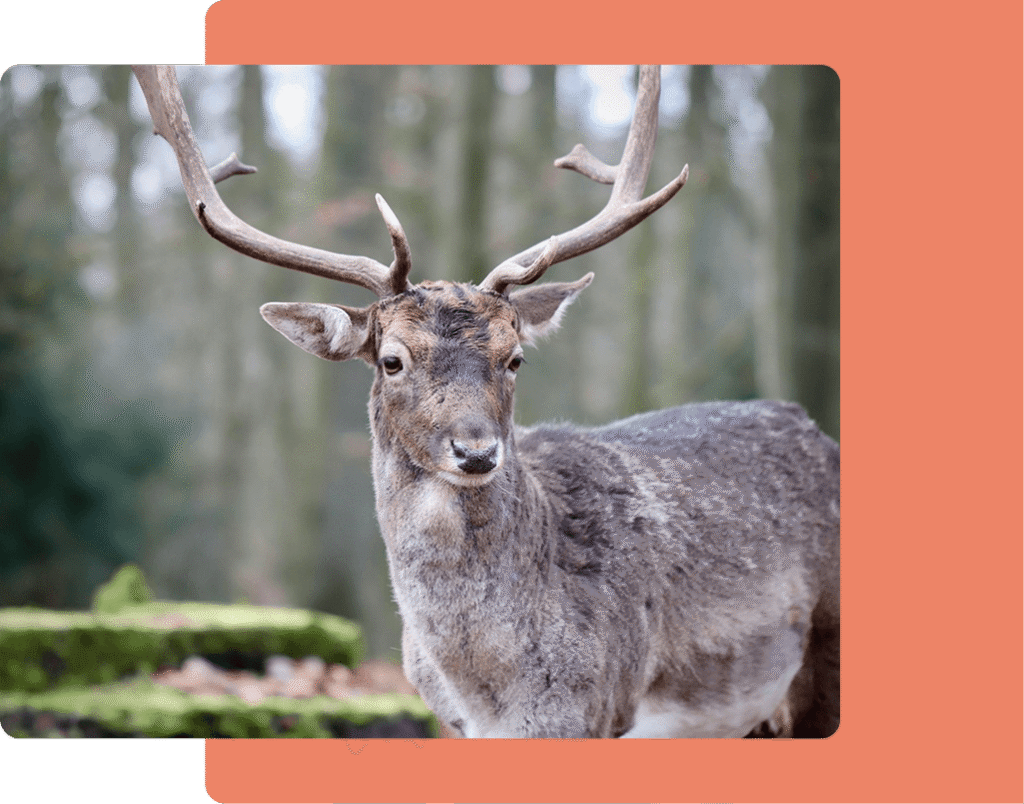
They live in forests, deserts, foothills, and mountains across the West. They need open space to roam and find fresh plants, especially in spring and fall.
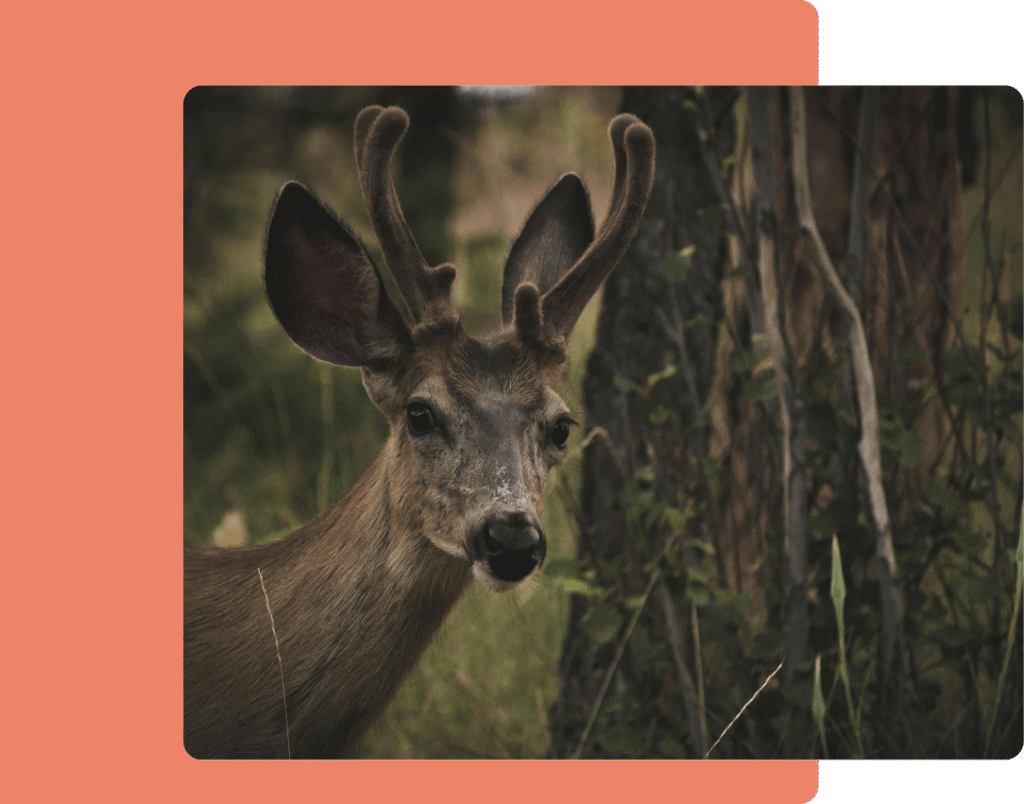
Mule deer eat grasses, shrubs, and leaves. They move around to find food, and help shape plant life in the places they live by trimming and spreading seeds.
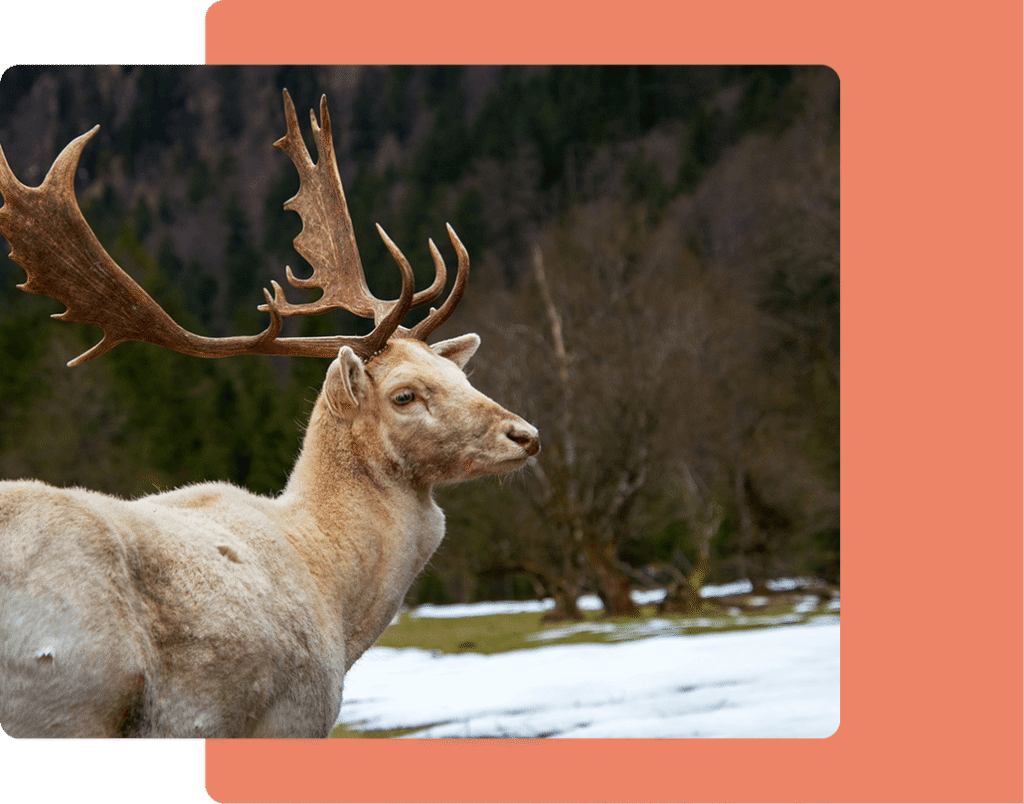
In fall, males fight each other for mates using their antlers. Females give birth in spring to one or two fawns, which they hide in tall grass until they’re strong enough to follow.
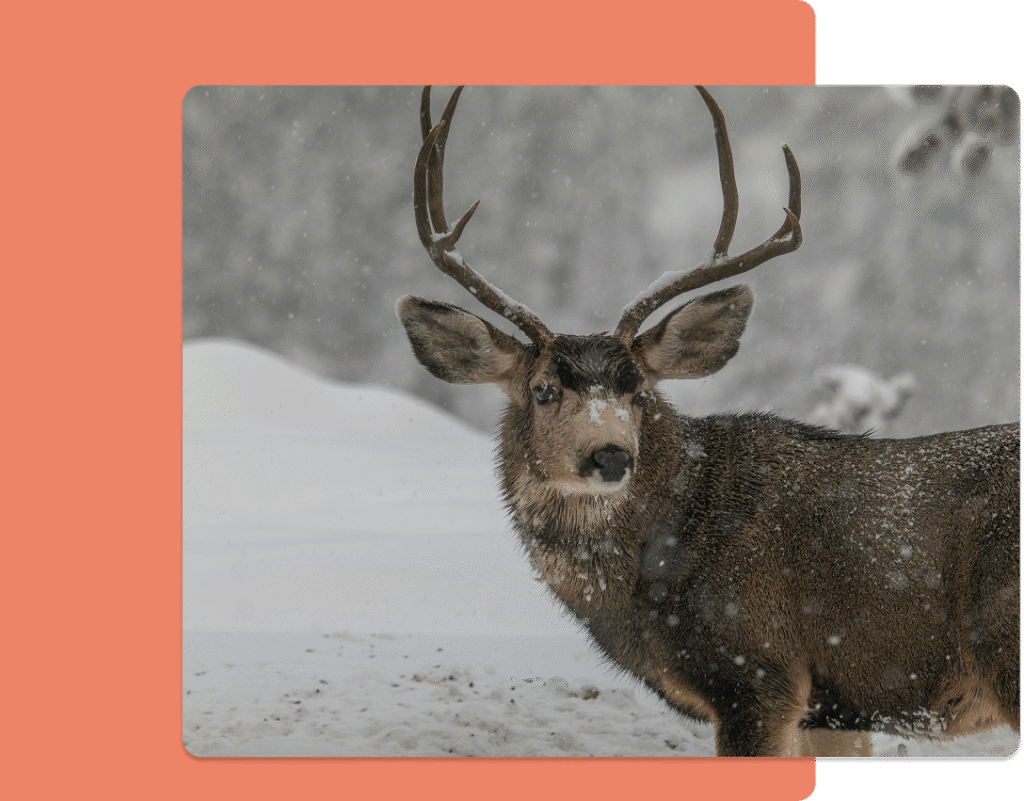
They don’t run like other deer—they bounce. Their huge ears move like radar dishes to catch sound. And they’re incredibly quiet, even with those big feet.

Mule deer are part of a healthy ecosystem. They feed predators, help maintain plant life, and let us know when natural areas are doing well—or falling apart.
